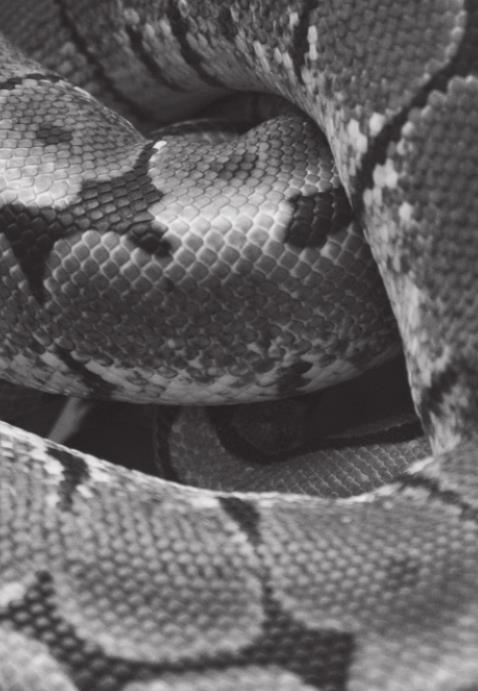

Know your local snakes. Photo by Metro Graphics
Exploring Nature: Snakes Alive
I have a healthy respect for snakes. I know they sometimes provide a beneficial service in rodent control, but I still have a hard time really liking them. Especially the poisonous types.
While you may be familiar with the most common poisonous snakes of Texas — western rattlesnake, water moccasin, copperhead, and coral snake — you may not know they are far down the list of the most lethal snakes in the world.
Based on venom potency, the most lethal is the beaked sea snake, which carries enough venom to kill 22 people.
It is followed, in descending order of venom potency, by Russell’s viper, inland taipan, Dubois’ sea snake, eastern brown snake, black mamba, tiger rattlesnake, boomslang, yellow bellied sea snake and common Indian kraft.
Largest poisonous snake is the king cobra — and its bite can kill an elephant in just a few hours.
Poisonous venom joined by a bold disposition makes for a deadly combination. More deaths worldwide can be attributed to the saw-scaled viper than any other single snake. Also deadly is the fer-de-lance, on lancehead, found from Mexico down to northern Peru. It is dreaded for its pugnacious temperament. In situations where other vipers will flee and slither away, this snake strikes. And it injects a remarkable amount of venom — about ten times as much as a copperhead.
Thankfully, anti-venoms are sometimes available to help counteract snake bites. But an indication of how seldom they are successfully treated can be seen in the roughly 100,000 people who die of snake bites each year.
Most of these deaths are in South Asia and sub-Saharan Africa, but we also have an average of one to two deaths annually in Texas. So keep an eye out and don’t let one of them be you.











